How HydroBlox Works
Steering Water with Precision
HydroBlox is designed to move water efficiently and reliably from areas where it causes problems to areas where it can safely drain. HydroBlox planks are strategically placed starting from a water-logged zone and leading to a desired drainage area. As each plank fills with water, the pressure inside rises, pushing the water to the next plank. This process happens without the need for sloping, making HydroBlox ideal for both level and uneven terrains.
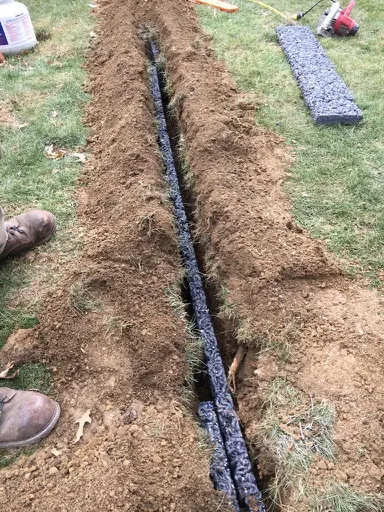
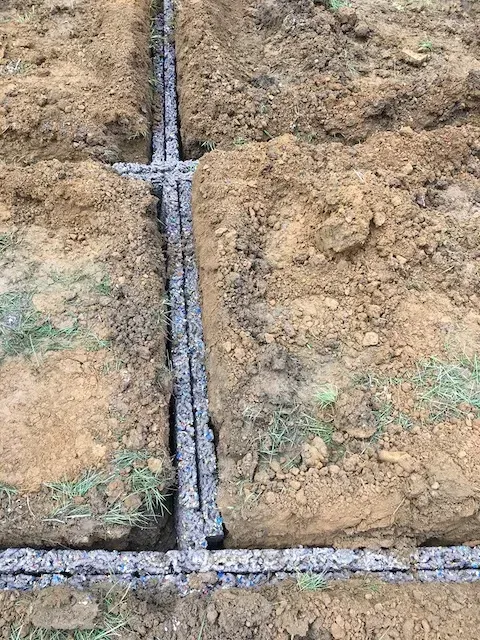
The Fundamentals of Drainage Simplified
Water always seeks the easiest route, and HydroBlox takes advantage of this natural principle by offering a path of less resistance compared to surrounding soil. The dense soil around your property holds water, but HydroBlox planks, with their 42%-46% void space, provide an open, easy route for water to follow.
As water moves through HydroBlox, it bypasses compacted soil, preventing pooling, erosion, and foundation issues.
The Unique HydroBlox Design
What sets HydroBlox apart is its distinct “noodle” pattern, which features tiny voids that allow water to flow freely while blocking silt and soil from entering.
Multiple small channels create uninterrupted water flow.
Precision-sized gaps keep dirt and debris out, preventing clogs.
Long-term performance is guaranteed thanks to the system’s resistance to internal blockages.
This smart design means HydroBlox stays clear and functional, providing consistent drainage with little to no maintenance.
Strength Beyond Traditional Pipelines
HydroBlox isn’t just about smart water management—it’s also built to last. The strength of HydroBlox surpasses traditional pipes, which can collapse under pressure or clog over time.
HydroBlox planks:
- Don’t require aggregates or geotextiles for installation, reducing material and labor costs.
- Maintain their shape and integrity, even under heavy loads and in extreme weather conditions.
- Act as an underground gutter system, managing water without the risk of failure that comes with older drainage technologies.
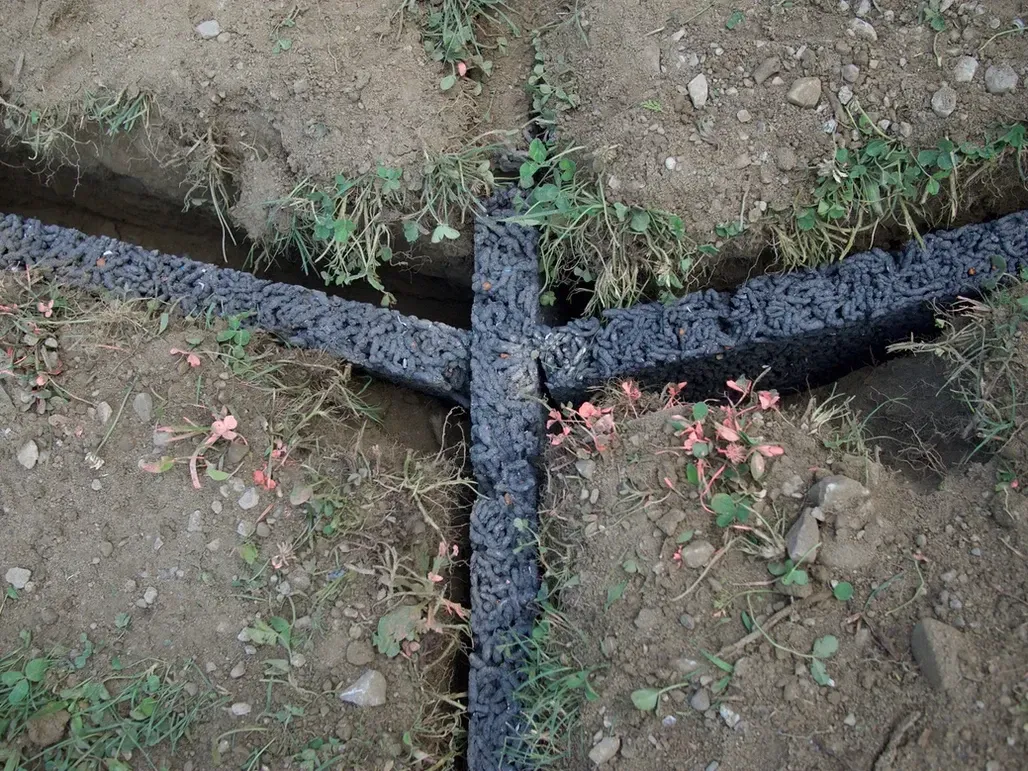
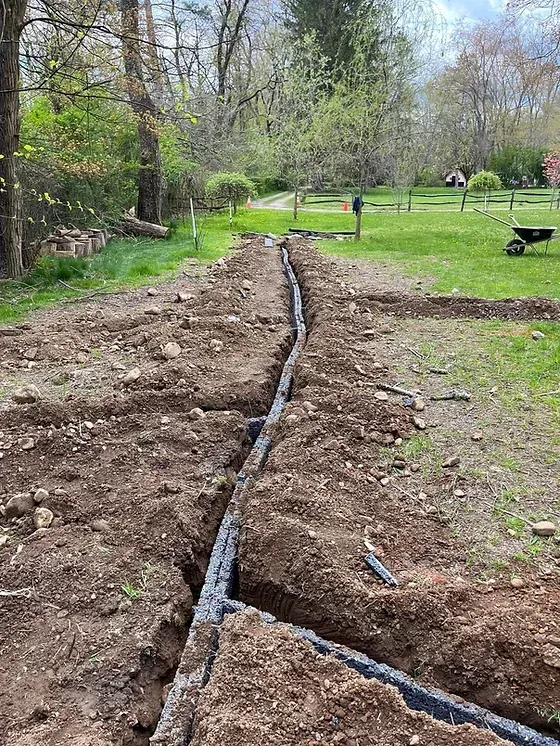
Eco-Friendly Stormwater Management
HydroBlox isn’t just good for managing water—it’s good for the environment, too.
Whether you’re integrating HydroBlox with existing drainage systems or returning filtered water back into the environment, HydroBlox’s unique design helps manage stormwater effectively. The planks filter out silt and debris, allowing clean water to flow back into the ecosystem. This process helps replenish natural water reserves while preventing contamination.
Sustainability at the Forefront
HydroBlox is a testament to sustainable engineering. Each plank is made from 100% recycled thermoplastics, helping reduce waste and support eco-friendly practices.
Consider these facts:
- Every 500 meters of HydroBlox reprocesses about 2.5 tonnes of recycled plastic.
- For every tonne of HydroBlox produced, approximately 2 tonnes of CO2 emissions are saved.
By choosing HydroBlox, you’re not just solving drainage issues—you’re also contributing to a healthier environment.
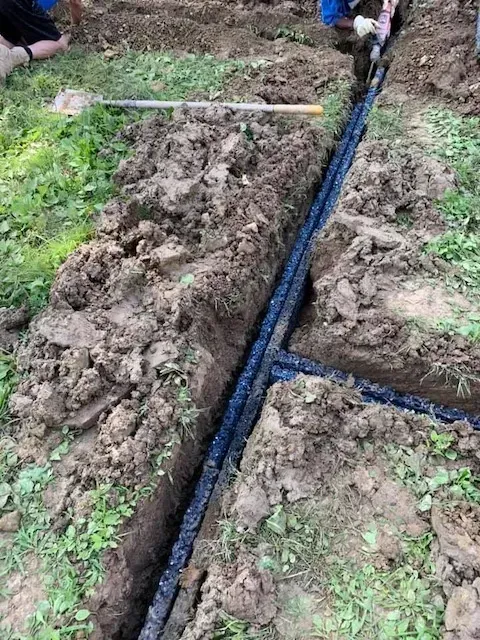
The HydroBlox Advantage
HydroBlox is more than just a drainage system—it’s a smarter, stronger, and greener solution.
Moves water efficiently even in flat areas without requiring sloping.
Prevents clogging with its unique “noodle” design.
Outlasts traditional pipes with superior strength and durability.
Supports environmental sustainability with recycled materials and reduced CO2 emissions.
If you’re looking for a reliable, low-maintenance drainage system that offers long-term benefits for both your property and the environment, HydroBlox is the clear choice.
Contact Drainage Technology Solutions Today
To learn more about how HydroBlox can transform your approach to water management.
